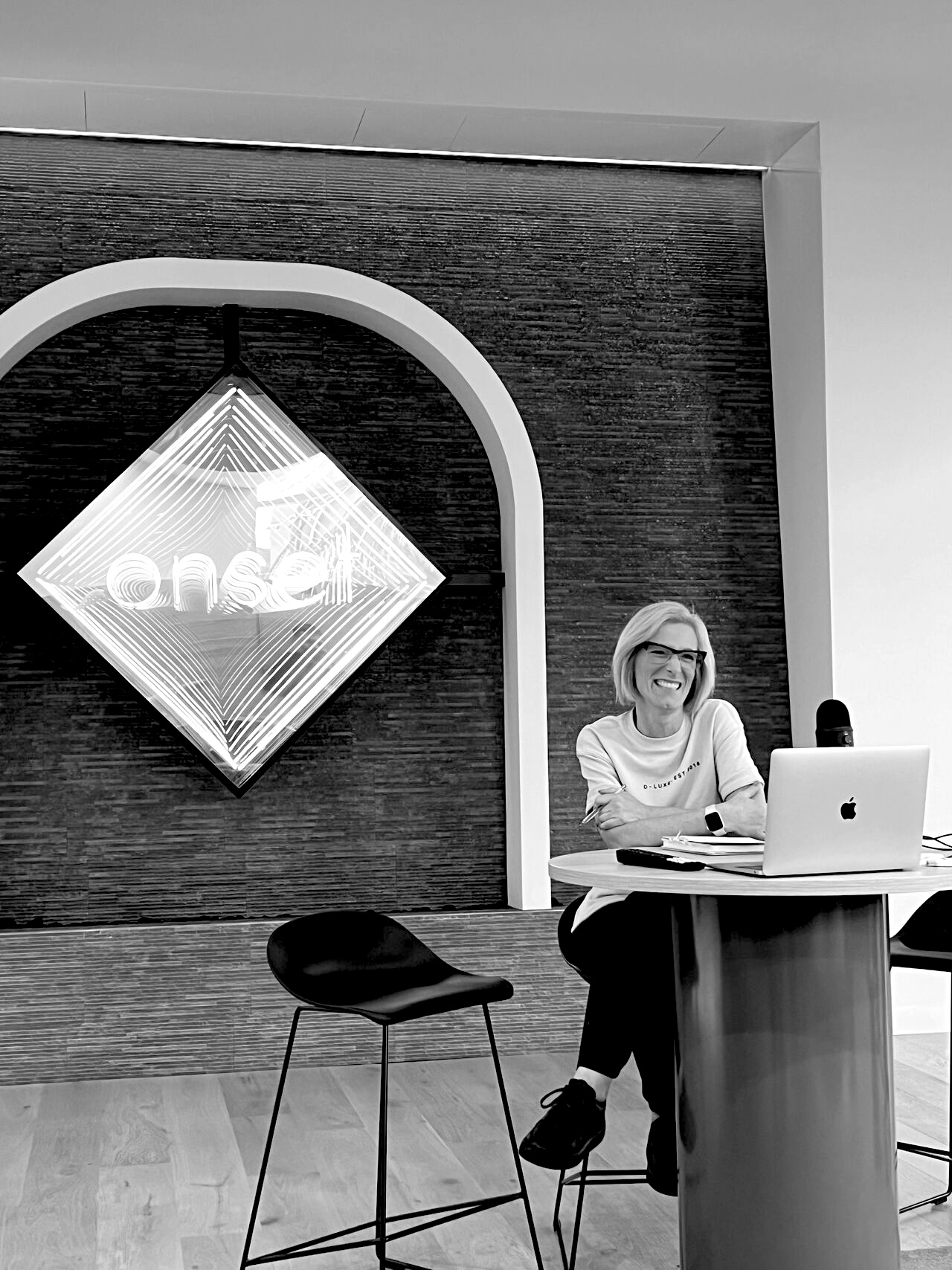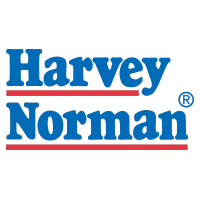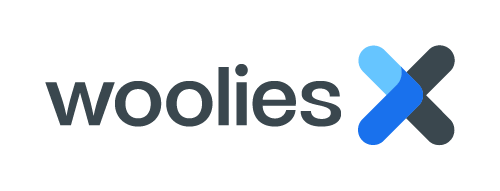With a long and illustrious career in sales and marketing roles within the corporate sector, Michelle Rubinstein has now dedicated 17 years to the recruitment industry. She has played a pivotal role in shaping the careers of many candidates, introducing exceptional talent to businesses across various sectors, and guiding her teams in their own recruitment careers. Being recognised by RCSA as Recruiter of the Year in 2023 is a testament to her commitment to providing the best experience for her customers and contributing to the industry at large.
Michelle has built formidable relationships with businesses of all sizes and professionals at all stages of their career, introducing executive search, permanent and contracting opportunities to exceptional talent. Now, as the Director for Onset’s Go-To-Market practice, she’s leading her team to help fuel businesses looking to launch, expand, or uplift capability in Product, Design, Marketing, Customer Success, Data and Insights.
Michelle sat down with us to provide her insights on the job market, her recruitment expertise across go-to-market roles, and what she is seeing impacting businesses and professionals in these areas.
What do you commonly see as the key considerations for an organisation looking to take a product or service to market?
“An organisation that has a product or service that they’re looking to take to market really needs to understand their target audience; how to attract them and how to remain relevant. Well-crafted, data-driven acquisition strategies are essential, but equally vital is shaping a brand and its essence to ensure it stands the test of time. With fierce competition entering the market and constant AI developments, current and forward planning is key. It’s also essential to align the features and benefits of the product or service with what customers are really looking for by understanding their needs and pain points through insights gathering. Optimising customer journeys and experiences is where businesses can really set themselves apart.
Ensuring your team resources are scaled efficiently for all stages of your business cycle is also crucial. For example, are the data resources sufficient to inform and shape marketing, design, growth and content strategies? Is there an optimal mix of product and customer success resources to deliver on the customer promise?”
When you’re working with hiring managers – what are some of the common problems you’re helping them solve?
“I thrive on helping companies with their scenario planning and structuring their operations to achieve their growth objectives. It all starts with identifying what the business challenge is, understanding its context within the current landscape, and then working through various models that will ensure engagement from the current workforce. All of this whilst creating meaningful experiences for new hires that will support the longer-term business vision. It’s great when organisations can look at their scenario planning and recognise the opportunity to prioritise, up-skill or re-skill their existing workforce before taking roles to market. And it’s equally exciting presenting well thought out opportunities to job seekers when a crucial skill gap or challenge has been identified.”
Have you been noticing some key trends in the talent market recently across go-to-market roles?
“We’ve seen an uplift in demand for anybody that sits close to the numbers and can authentically tell the story about the business challenge they were brought in to solve, the strategies and actions they implemented, and the customer and business impact they achieved.
Consolidating MarTech stacks to break down silos and provide one single view of the customer is also a continuing trend. Soft skills such as stakeholder engagement, autonomy and self accountability are also key traits hiring managers look for.
We’ve also seen a number of new job titles hit the market, such as Gamification Specialists, Performance Marketing Engineers, and Chief Growth Officers, which can be presented as new opportunities for candidates. But it’s important for candidates not to be fooled by or attracted to a job title – ensure you know what you are signing up for, what the expectations and outputs are required of you, and the development opportunities a role provides.”
Working across as many clients as you do, are there common challenges that hiring managers are facing right now in their recruitment processes?
“Candidates are savvy with their job search and often question why a business posts a job on multiple recruitment channels multiple times. It can really detract from the appeal of the role, especially when listed for a long period of time. My advice to companies there would be to think about the optimal hiring strategy at the outset; work out what can be sourced through internal channels effectively and which agency partner you would want to work with to maintain targeted and consistent market presence with your EVP and brand. Not to mention, keeping in mind the time to hire, desired start dates, and short-term contract options to put pressure on finding a permanent resource are also important considerations.
An elongated process is also not something that any candidate wants to go through, especially when they have multiple opportunities to consider. Companies need to have a structured and streamlined recruitment process in place before going to market so that they can ensure that candidates are engaged, and they avoid losing diverse talent.
Candidates are still seeking hybrid work models and the opportunity for flexibility, where they’re trusted to engage, deliver and perform within their roles, but do that from a work anywhere, anytime perspective.”
What is your view on the importance of feedback & communication in the recruitment process?
“The number one frustration for candidates is lack of feedback. If a recruiter can work in partnership with their clients to put a strong engagement and communication strategy in place, it’ll ensure that the communication flow to the candidate is timely, effective, and relevant. At the outset of any recruitment process, uncovering the expectation that the client has in terms of touch points and methods of communication, helps maintain a smooth process. If a business is sourcing talent through internal channels, having a communication loop back to candidates that have taken the time to apply is also recommended. No feedback is not feedback!”
Can you share your view on what companies with high retention of their employees are doing differently?
“I don’t think it’s any surprise that one of the top issues keeping CEOs awake at night is retention. The cost to hire, onboard and replace is often forgotten, not to mention the lost IP that walks out the door with an unanticipated departure. While there is no one-size-fits-all solution, employee engagement really comes down to understanding what motivates and engages that particular workforce and clearly aligning the ‘what’ with the ‘why’. Employees want to know what part they play in shaping the success of a business, and what their future role may look like within the broader business context.
Understanding market dynamics, planning effectively, maintaining clear communication, and prioritising workforce engagement are strategies that are essential for any organisation when looking to hire for growth and impact.
Get in touch with Michelle for more insights across Product, Design, Marketing, Customer Success, Data and Insights and have your hiring needs prioritised today.



















